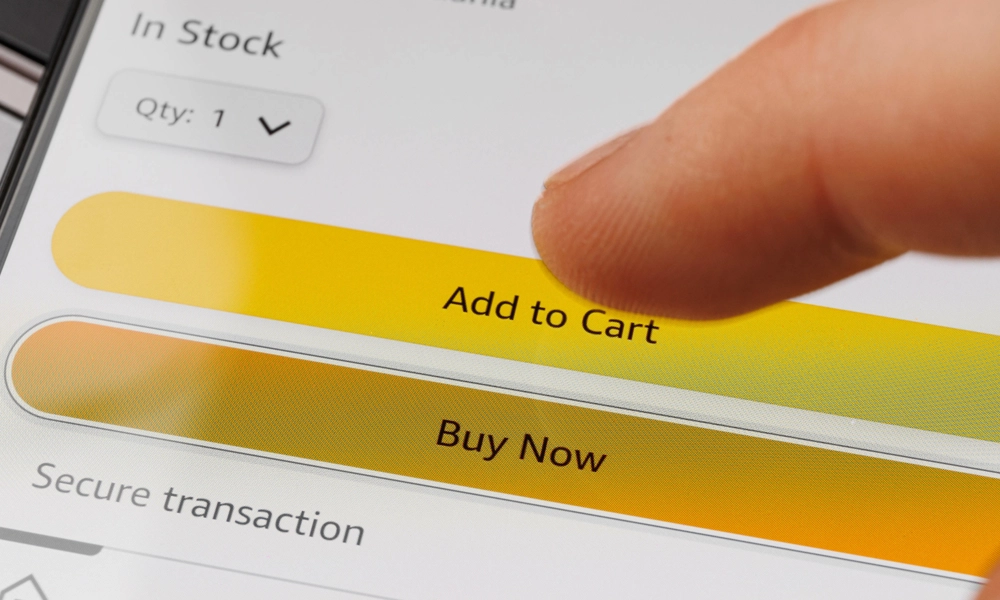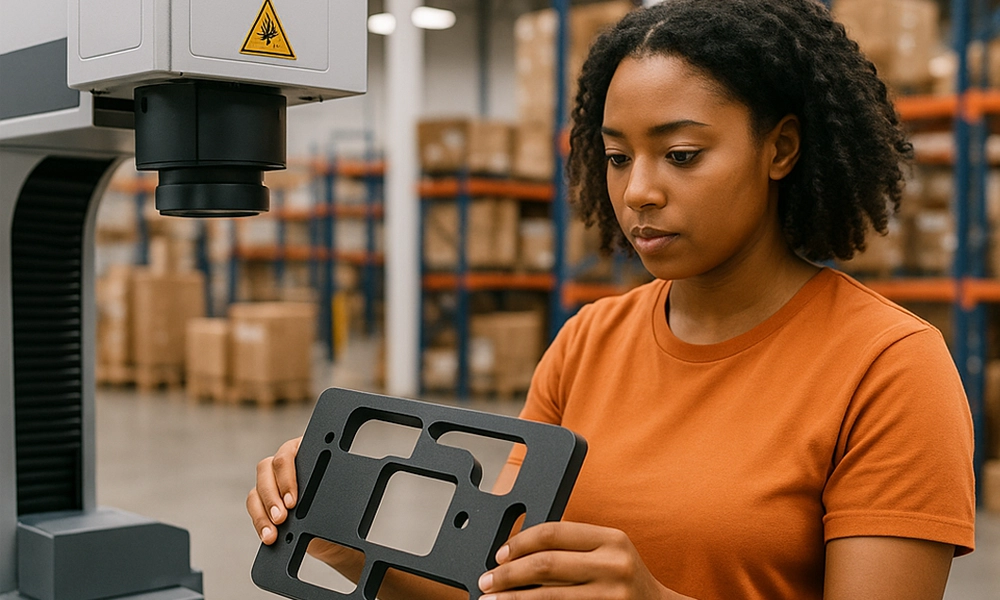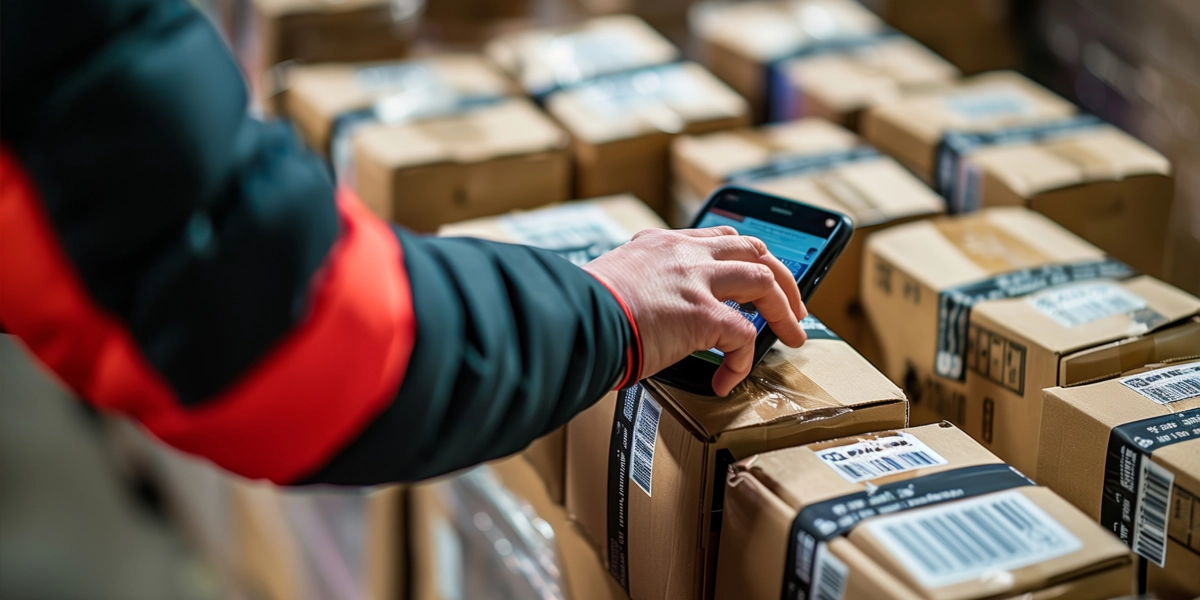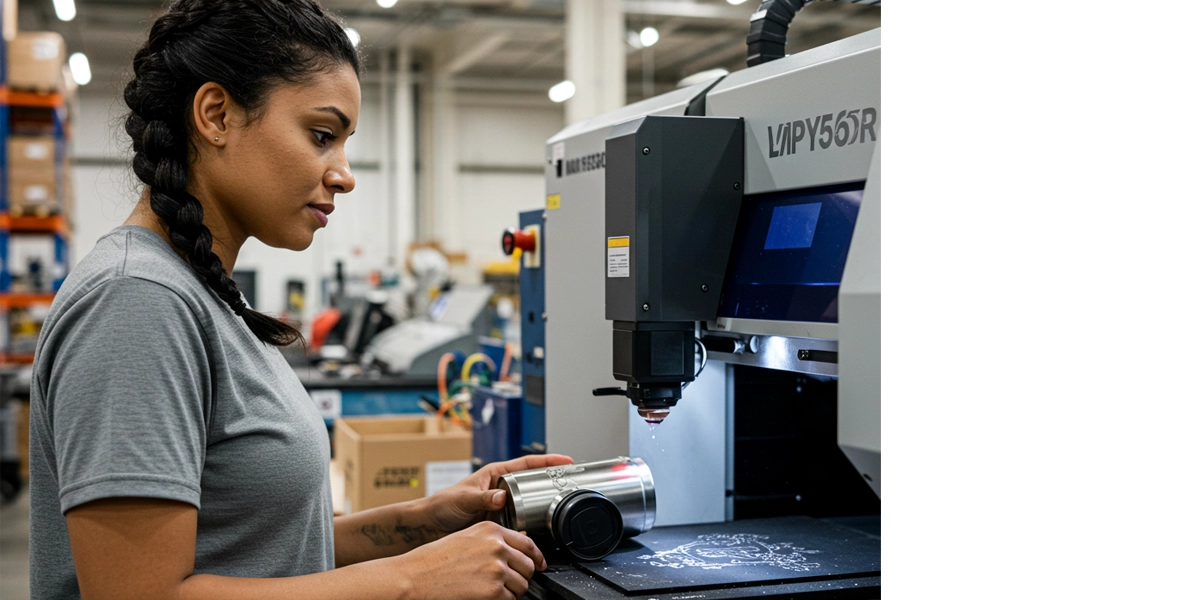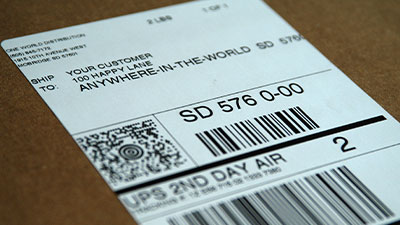In This Article:
Everyone in the “what’s next” business wants to be a surfer – not fingers flying on a keyboard or thumbs attacking a smart phone screen. We mean the innovator who anticipates the big wave on the horizon and rides it all the way to transformational success.
In the late 1970s, that surfer was a chap in England named Michael Aldrich, who is considered the inventor of eCommerce. He worked for Redifon Computers, which was making computers and desktop terminals for large corporations as part of the Rediffusion Group, which also manufactured TVs.
As the story goes on the Aldrich Archive, a color TV was delivered to Aldrich’s office with a request for an assessment. It was a prototype enabled to provide
a new service through the Post Office called Prestel, which would send information via telephone lines the way news services like the BBC could directly provide news and other information.
 Aldrich recounts anticipating his “boring weekly supermarket shopping expedition” while on a walk in the summer of 1979 with his wife and their Labrador retriever, Tessa. In a lightbulb moment, he thought of connecting the TV with the supermarket to order groceries and have them delivered.
Aldrich recounts anticipating his “boring weekly supermarket shopping expedition” while on a walk in the summer of 1979 with his wife and their Labrador retriever, Tessa. In a lightbulb moment, he thought of connecting the TV with the supermarket to order groceries and have them delivered.
And thus eCommerce was conceived – Aldrich called it “teleshopping: – though the British had the urge to harness technology for shopping as long ago as the 19th century, as one account describes a gentleman sending a telegraph in the 1860s asking for two dozen stamps to be delivered to his wife in the countryside.
While that British gentleman’s stamp “order” caused bemusement and consternation, he was inspired by the same urge to get what he wanted that’s now propelling eCommerce toward its next big wave.
- Embroidery
- Engraving
- Direct-to-Object Printing
"What’s next is more and more personalized solutions for people getting exactly what they want from a website."
Thomas Unterseher
Co-Founder and CEO of 3PL One World Direct
This provides brands with the ability to offer Personalized-to-Consumer products by incorporating embroidery, engraving, and more into the fulfillment process.
A Challenge for the U.S. Army Advanced the History of eCommerce
There would be no eCommerce as we know it today without EDI (Electronic Data Interchange), which harnessed the ability of computers to exchange data like purchase orders and invoices. It was first developed by U.S. Army Master Sgt. Edward A. Guilbert in the early 1960s to transmit supply chain cargo information between vendors.
EDI provided a foundation for Aldrich’s teleshopping, which involved using a telephone link to connect TVs to a computer that could process transactions, which enabled B2B commerce as early as 1980.
B2C interfaces (business to consumer) were pioneered in the 1980s to investigate the potential for technology to reduce social disadvantage by offering in-home services to the vulnerable and physically challenged, according to Aldrich Archive, but the evolution of online shopping did not begin its march toward maturity until the Internet became widely available in the early to mid-1990s.
So, what was the very first online purchase by a consumer? It was either a Sting CD or a pizza, depending on whose recollection you find most persuasive.
The New York Times and many other sources declare that the first example of modern eCommerce was the sale in August 1994 of a Sting CD, “Ten Summoner’s Tales,” through college student Dan Kohn’s website NetMarket.
Kohn, a student at Swarthmore College who would later lead Linux Foundation Public Health and serve as executive director at Cloud Native Computing Foundation (CNCF), sold the CD to a friend in Philadelphia for $12.48, plus shipping, and sent it by mail. The transaction also marked the birth of eCommerce fulfillment solutions. (NetMarket remains active under the ownership of Connecticut-based company cxLoyalty.)
In a story marking the 25th anniversary of the first sale of a consumer good online in a secure credit card transaction, Kohn told Vice magazine, “We were standing on the shoulders of giants of Unix, the internet, cryptography, PGP, Tim Berners-Lee, and the [World Wide Web he invented], all of these folks … . But we were also an important signpost saying, ‘Okay, this is where things are going. This is in a lot of ways going to be the future of commerce.”
 Despite the sale of the CD being widely recognized as the first example of eCommerce, there is some debate and a counterclaim by Pizza Hut, which issued a formal press release in 2014 entitled “Pizza Hut Celebrates 20th Anniversary of World’s First Online Purchase With 50 Percent Off Online Deal for Hut Lovers Members.”
Despite the sale of the CD being widely recognized as the first example of eCommerce, there is some debate and a counterclaim by Pizza Hut, which issued a formal press release in 2014 entitled “Pizza Hut Celebrates 20th Anniversary of World’s First Online Purchase With 50 Percent Off Online Deal for Hut Lovers Members.”
“Before books, apparel or travel were ever bought online, or online specific retailers took to the internet, “PizzaNet” – Pizza Hut’s digital ordering hub – launched in 1994 and accepted the first-ever online order, a large pepperoni, mushroom and extra cheese pizza,” the press release says.
It all comes down to money, of course, and which one was the benchmark in secure online payments history. The sale of the CD was a true online transaction, protected by encryption technology, while those who ordered Pizza Hut pizzas via PizzaNet in August 1994 had to pay in cash when the pizza arrived.
If you take the issue of payment out of the debate, in the 1970s, students at Stanford used a switching network called Arpanet to engage in a transaction with students at MIT, according to Shopify, which says, “They used the network to quietly arrange the sale, and purchase, of the first product ever sold through telecommunications – marijuana.”
Whichever product you favor as the D2C (direct-to-consumer) transaction – pot, a pepperoni and cheese pizza, or the Sting CD – it unleashed a wave of change that would revolutionize not only shopping but the way people lived.
Here Come Amazon, eBay, SSL, PayPal …
Amazon was founded in July 1994 and Jeff Bezos chose initially to sell books, according to MIT, because they would hold up during the shipping process and were easy to store in warehouses. “Fluid Concepts and Creative Analogies: Computer Models of the Fundamental Mechanisms of Thought” by Douglas Hofstadter was the first book sold on Amazon, in 1995.
Just months later, readers in every state and nearly 50 countries had purchased books on amazon.com. Thirty years later, Amazon recorded $438 billion in net sales in the U.S. in 2024, $41 billion in Germany, $37.9 billion in the UK, $27.4 billion in Japan, and $94 billion in the rest of the world, according to Statista.
The marketplace eBay was founded as AuctionWeb on Sept. 3, 1995, as a combination hobby and experiment by Pierre Omidyar, who wanted to see if buyers would trust and patronize a wide range of sellers they didn’t know. It formally became eBay in 1997, and as of 2024 the platform had more than 18 million sellers around the world and was expected to post GMV (gross merchandise value) of $74.4 billion for the year.
Game-Changer: The Advent of Secure Online Payments
A critical piece to the eCommerce puzzle involved enabling secure online payments. In 1994, Netscape Communications Corporation released a security protocol called Secure Socket Layer, which encrypts data transmitted via the Internet. We all know it by its acronym, SSL, and it was such a major development that The New York Times declared in an Aug. 12 story, Attention Shoppers: Internet Is Open.
Payments would become increasingly secure and convenient. Confinity, the precursor to the launch of PayPal in 1998, added security features to online payments – and later Google Wallet (2011), Apple Pay (2014) and others would develop and deploy encryption technology that substituted unique tokens for credit card information.
Suddenly, shopping online was an omnichannel experience – you could securely browse and buy on any device connected to the World Wide Web – and tech giants, social media platforms, and other digital entrepreneurs responded with initiatives to help sellers and brands get products in front of an audience of eager online shoppers ready to click and buy.
Online Ads, Etsy & Shopify’s Online Stores Set the Pre-Pandemic Stage
Google AdWords was launched in October 2000, allowing brands and merchants to advertise products with text and URLs, charging per click. In 2005, Amazon created its Prime membership and began offering free two-day shipping, and the same year the Etsy marketplace launched.
A year later, in 2006, Shopify was founded, giving smaller-scale merchants the ability to easily and affordably create online stores – and social media stepped in to
engage and hook online shoppers. Facebook Ads launched in 2007, and Instagram added business profiles in 2014, allowing merchandise to be advertised and sold. Facebook stories could be clickable ads to shop by 2011, and Instagram instituted clickable shopping tags in 2017.
$1.2 Trillion
in onlines sales in 2024
When the COVID-19 pandemic hit in 2020, the full-scale conversion of consumers into online shoppers was complete. The Census Bureau’s Annual Retail Trade Survey (ARTS) started collecting data on U.S. eCommerce sales in 1998, when online sales were just $5 billion. Online sales rose from $571.2 billion in 2019 to $815.4 billion in 2020, the first year of the pandemic, according to ARTS. Total online sales for 2024 are estimated at between $1.2 trillion and $1.7 trillion.
Future of eCommerce’s Trends: Personalization in eCommerce Products
If you question the “next wave” declaration, that’s understandable. After all, Etsy has searchable categories for personalized products and gifts like embroidered hats and sweatshirts, engraved jewelry, and monogrammed duffle bags.
Etsy sellers with specialized products and single-service personalization are a bit like Michael Aldrich teleshopping for groceries – each is a niche transaction with limited potential for growth or ultimately fulfilling the urge of consumers to get everything they want on demand.
Meanwhile, eCommerce visionaries are working toward offering P2C options for almost every purchase.
As a trusted provider of 3PL fulfillment services, One World Direct streamlines the process of personalization, offering efficient, cost-effective, and scalable solutions for businesses of all sizes by incorporating Personalized-to-Consumer into the fulfillment process.
More, better, and faster might be buzzwords to describe the ongoing dominance of eCommerce, but as advances in technology and automation drive the evolution of online shopping, there is an aspect that may seem to be in decline – the personal touch.
In 2023, The Atlantic magazine published a story entitled “How Online Shopping Lost Touch With Reality,” which focused on the lost experience of shopping in person, and on an eroded sense of satisfaction with products, many of which have declined in quality as brands cut costs to compete in the online realm.
P2C eCommerce solutions are the perfect response to this devolution perceived by many online shoppers because they create a sense of connection, represent and reflect value, and re-establish the longed-for personal touch which delights customers and enhances brand loyalty.
P2C products help the “little guys” stand out, and positions larger brands to turn fulfillment into a revenue boost, saving them R&D and product development costs.
One World Direct has been a leader in providing fulfillment services since 1994, allowing merchants to seamlessly incorporate personalized-to-consumer (P2C) products as part of their online transaction process. Consumers specify the personalization they desire as part of the online transaction and the embroidery, engraving, gift cards, and more are carried out with specialized equipment in OWD warehouses.
For brands looking to stay ahead of the curve and catch the next wave of eCommerce innovation, offering P2C products is a proven way to increase customer satisfaction and loyalty. Connect with One World Direct to explore how our fulfillment services can bring P2C to life for your business.
In This Article:
Subscribe to our Newsletter
Tincidunt urna mauris eu quam vulputate lobortis sit. Purus feugiat arcu nunc quisque massa ut.



